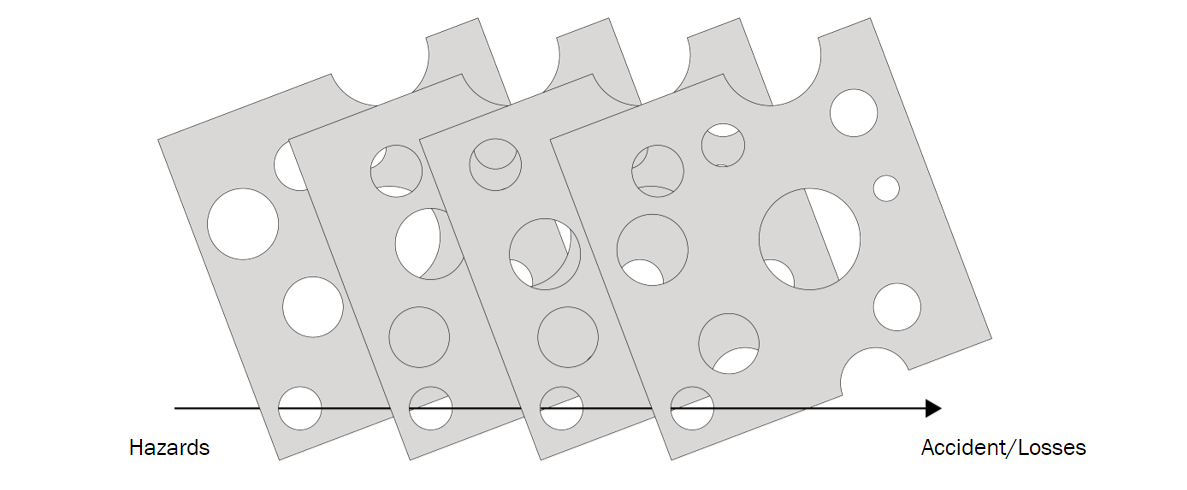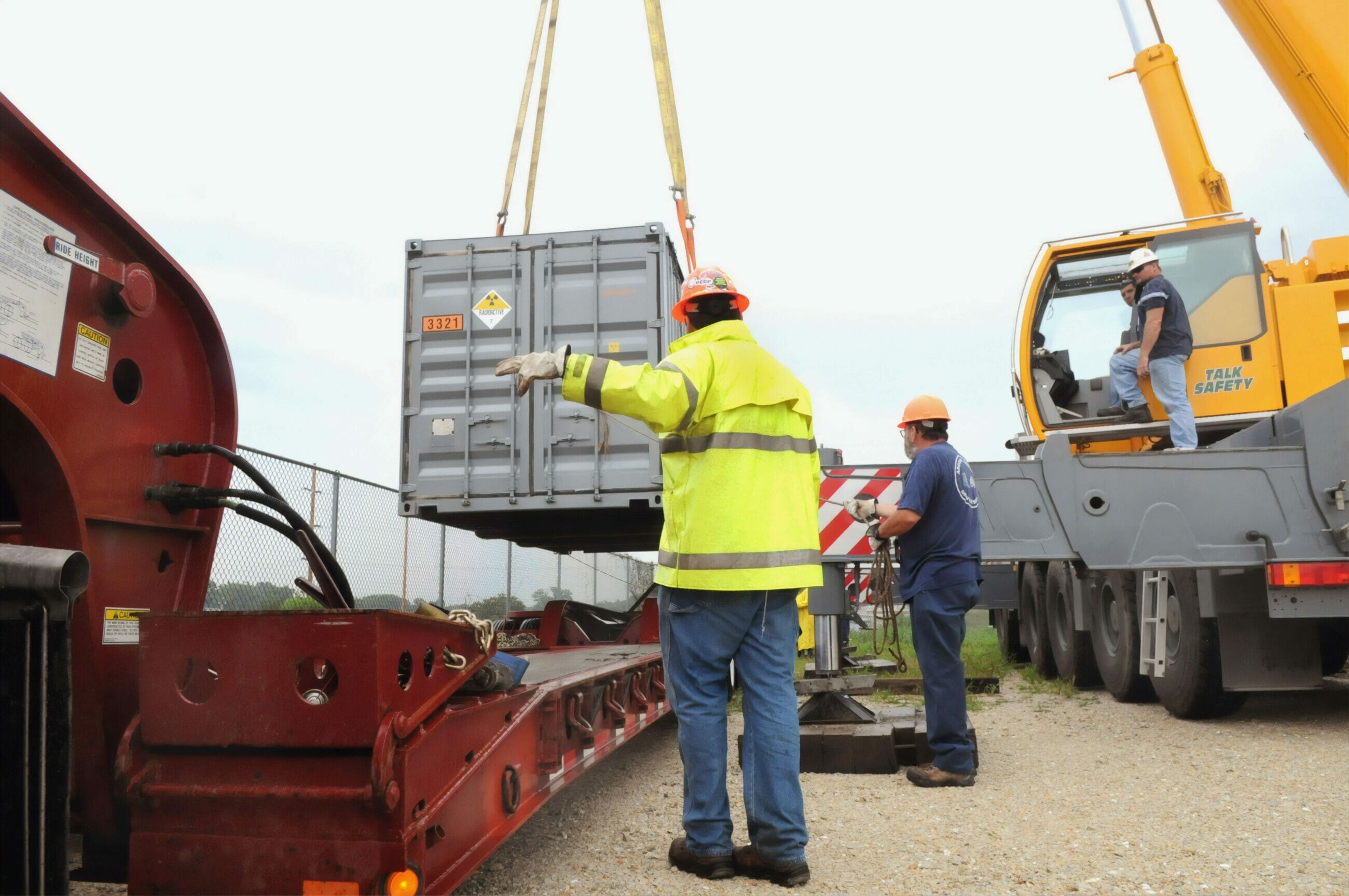In today’s dynamic and fast-paced workplaces, ensuring employee safety and well-being is paramount. As the pursuit of progress, evolving regulations, and growing competition pushes organizations forward at an unparalleled speed, it also brings a slew of safety risks and hazards. As these risks continue to evolve, so too must our approach to managing them.
Enter “Human-Centered Design”, a powerful paradigm that holds the key to addressing these safety risks and revolutionizing the way we think about and interact with the systems that shape our lives. From sprawling manufacturing facilities to sleek office spaces, the concept of Human-Centered Design brings a refreshing perspective to the table. One that places the human experience, capabilities, and limitations at the very heart of the design process.
But what exactly is Human-Centered Design and why is it being presented as the antidote to the persistent safety challenges that impact various industries? In this article, we explore:
- The potential of Human-Centered Design in mitigating safety risks
- The core principles that underpin this approach and uncover its far-reaching implications
- Examine real-world examples that illustrate its effectiveness
Lessons Learned From Air Traffic Control
To illustrate how important it is to align system design with human interaction, let’s consider the impact of the Traffic Collision Avoidance System (TCAS) in air traffic control–and how flaws in the systems around its use caused a mid-air collision between between a passenger jet and a cargo plane over Uberlingen, Germany in 2002.
TCAS utilizes transponder signals to alert pilots to collision danger. It’s a secondary system to ground-based air traffic control meant to help mitigate mid-air collisions. But TCAS isn’t guaranteed to prevent collisions depending on what’s going on with other elements of the air traffic system.
There were many factors at play that contributed to how this collision unfolded. TCAS alerted the planes of an impending collision, but the procedures for handling the response were ambiguous and contradicting. A ground-based collision alert system was unknowingly down for maintenance and there was only one air traffic controller on duty, which was against regulation.
A Human-Centered Design Approach
It’s easy to blame the air traffic controller for giving the wrong instructions, or the pilots for not understanding the proper procedures. But this avoids the bigger picture, and the more complex faults within the system.
By looking at this safety incident through a human-centered design lens, we can get to the root of the issue: Asking not who caused the problem, but what caused the problem. This view is famously posed by author Sidney Dekker in his book “The Field Guide to Understanding ‘Human Error”.
The design of work systems always plays a pivotal role in determining safety outcomes. How systems are structured and how they interact with individuals can significantly impact overall safety performance. If there are any gaps between the design of a system and the people who interact with it, it can lead to vulnerabilities that compromise safety measures. To overcome these weaknesses, considering human-centered design is necessary to help address safety issues holistically.
Recognizing the Imperfect Nature of Humans in Safety
As much as we strive for precision and consistency, the reality remains that humans are inherently fallible. Our imperfections, however, are not liabilities to be dismissed; rather, they are valuable insights that highlight the significance of considering human-factors in the pursuit of safety excellence.
It’s a common reaction to attribute safety issues to the actions of individuals – to categorize incidents as a result of carelessness, noncompliance, or momentary distractions. This tendency to single out the operator often oversimplifies the complexity of the challenges at hand. A deeper exploration reveals that safety concerns frequently stem from a combination of factors beyond the control of any single individual.
The Swiss Cheese Model
The Swiss cheese model of accident causation, developed by James T. Reason, is one way to visualize how safety breakdowns can occur in complex systems.

Imagine for a moment a picture of interconnected slices of Swiss cheese, each with its own unique pattern of holes. This metaphor showcases the multifaceted nature of safety systems. Each cheese slice symbolizes a distinct component working together to prevent potential hazards. Yet, the holes within each slice represent vulnerabilities – single points of failure that, if aligned, could compromise the entire system.
Envision now stacking these cheese slices together, forming a three-dimensional representation of the complete safety system. While it’s tempting to focus solely on plugging the hole of “human error” within one slice of cheese, doing so addresses only a fraction of the issue. The essence of this metaphor lies in acknowledging that there are many holes within the system, waiting to disrupt its function.
This idea illuminates a fundamental truth: the goal of employee safety isn’t solely about mitigating the influence of human error – it’s about creating strategies that account for the interplay of human behavior, environmental variables, and system design.
This holistic approach widens the lens through which we view safety, employee engagement, innovation, and collaboration. As you continue exploring the strategy of Human-Centered Design, you’ll begin realizing how this approach transforms safety from a singular responsibility to a shared responsibility that embraces the full spectrum of human capabilities and limitations.
Incorporating Design-Thinking Into a Safety Strategy
There are three primary domains to consider when thinking about human factors in a safety system:
- Physical factors like biomechanics and human anatomy
- Cognitive factors like perception and reasoning
- Organizational factors like policies and processes
Adopting a safety strategy that takes all of these into account will optimize performance and encourage consideration of people-related factors that might lead to safety issues.
How can we do this? By using an iterative design process to account for all of these factors. This process is as follows:
- Define the problem
- Collect & analyze information
- Develop a solution
- Implement and test it
- Re-evaluate
Since it follows a process of continuous improvement, it can help constantly move your organization towards more effective safety controls to mitigate hazards and other issues.
Empowering Human-Centered Design through Cutting-Edge Technology
Navigating the intricacies of human-centered design and safety enhancement might feel overwhelming at first. However, technology can serve as a guiding light, illuminating the path towards safer and more efficient solutions.
In the realm of EHS, software and technology stand as indispensable allies. These digital tools serve as a bridge between human insights and system optimization, revolutionizing the way safety issues are not only identified but also resolved.
Beyond mere data aggregation, technology’s ability to transform raw information into meaningful insights paves the way for an informed and data-driven approach to safety investigations. Data, as we know, is the foundation of informed decision-making. Here, technology enables oragnizations to seamlessly collect and store crucial data within a consolidated database. This repository becomes a goldmine, facilitating effortless comparison and analysis, both when developing design solutions and when evaluating the effectiveness of proposed controls.
Learn how digital solutions are creating safer work environments in our blog, How Digital Solutions Are Helping Transform the Hierarchy of Controls.
Picture the ability of technology to simulate scenarios and predict outcomes. This predictive prowess gives leaders the capacity to make sensible choices, optimize resource allocation, and direct efforts where they are most needed. With technology at the center, safety strategies evolve from reactive measures to proactive foresight.
It’s the fusion of human-centered principles with the capabilities of technology that allows for a new era in safety advancement. Companies armed with this dynamic pairing find themselves uniquely positioned to address system flaws, alleviate safety concerns, and fine-tune performance. This powerful synergy propels us toward safety not just being a goal; it’s a journey guided by the collective intelligence of human ingenuity and cutting-edge innovation.











